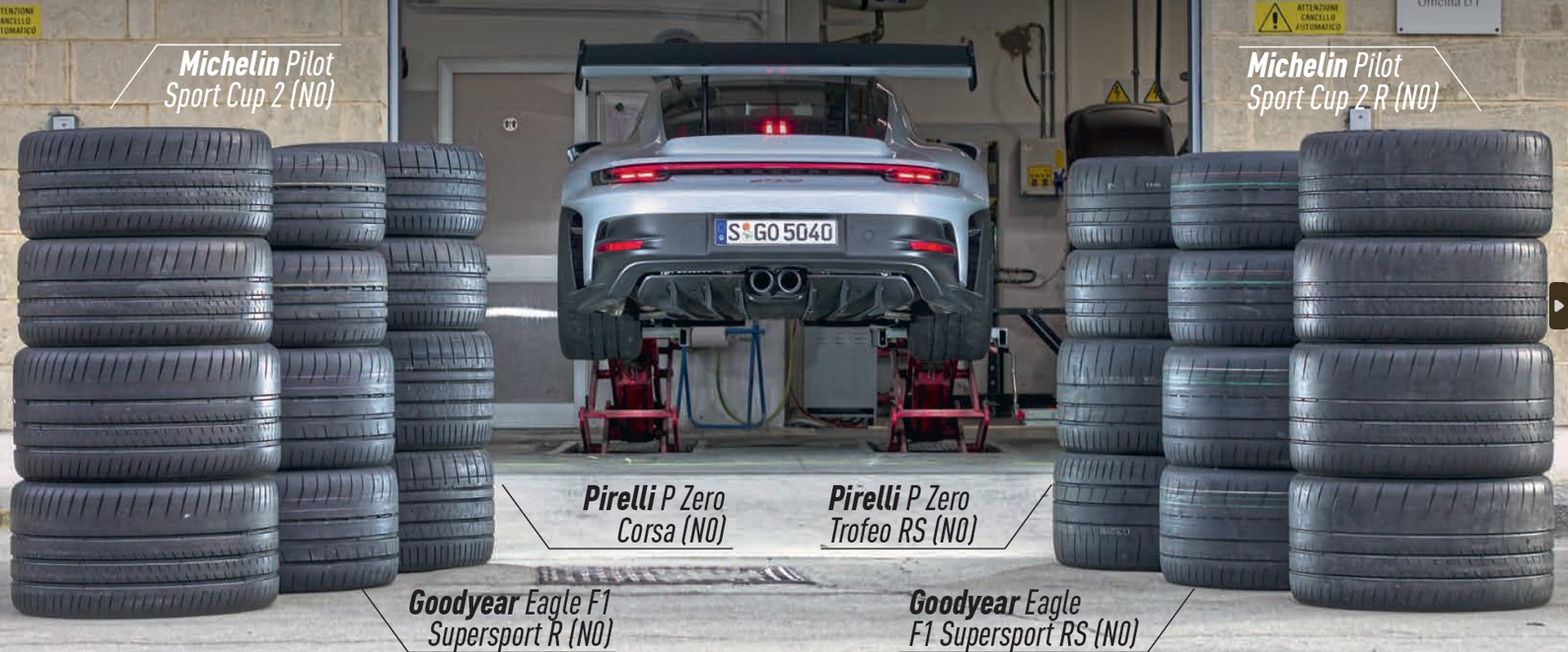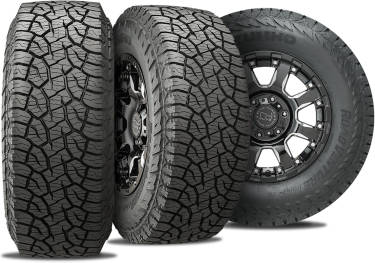All Categories
Featured
Table of Contents
I had the ability to obtain 100 hours out of one of these tires, and while it had definitely no tire lugs left on it, the soft substance made it work really wellas long as I was utilizing a soft mousse. Kitt Stringer photo Easy mounting - 3Wear - 3Sidewall toughness - 3Performance on origins - 4Performance on damp rocks - 2Traction on dust - 5Cornering ability - 4Traction while stopping - 4Self-clearing of dust and mud - 3Performance in mud - 3Overall predictability or monitoring - 3 _ 37 Final thought: This is an excellent well-rounded tire with good worth for money.

The wear corresponded and I such as how much time it lasted and exactly how consistent the feeling was during use. This would likewise be a good tire for faster races as the lug size and spacing little bit in well on quick terrain. Kitt Stringer photo Easy installing - 3Wear - 3Sidewall stamina - 3Performance on roots - 4Performance on damp rocks - 4Traction on dirt - 4Cornering ability - 4Traction while stopping - 5Self-clearing of dust and mud - 4Performance in mud - 4Overall predictability or monitoring - 4_42 Conclusion: I liked this tire a great deal.
If I needed to get a tire for tough enduro, this would certainly be in my top choice. Easy mounting - 3Wear - 3Sidewall strength - 3Performance on origins - 4Performance on wet rocks - 3Traction on dust - 4Cornering capability - 3Traction while braking - 3Self-clearing of dirt and mud - 4Performance in mud - 4Overall predictability or tracking - 3 _ 34 Verdict: This tire was very soft and flexible.
All the gummy tires I evaluated done rather close for the very first 10 hours or so, with the champions mosting likely to the softer tires that had much better traction on rocks (Tyre servicing). Purchasing a gummy tire will most definitely give you a solid advantage over a normal soft substance tire, however you do pay for that advantage with quicker wear
Tyre Installation (Landsdale)
This is an excellent tire for springtime and loss conditions where the dirt is soft with some moisture still in it. These tested race tires are wonderful all around, but put on quickly.
My general victor for a tough enduro tire. If I needed to spend money on a tire for daily training and riding, I would certainly choose this one.
Reliable Tyre Inspections – Wanneroo
I have actually been running a collection of Michelin Power Pilot 2CT's on my track Daytona 675 for the past year. Because time I have actually done 15 track days in all weathers from cool wet to super warm and these tyres have never missed out on a beat. Wheel balancing. I have actually done virtually 2,000 miles (3,200 km) on them and as you can see from this shot of the front taken after very first session of my 15th track day on them, they still have fairly a great deal of rubber left on them
In other words the 2CT is an outstanding track day tyre. If you're the type of motorcyclist that is likely to encounter both damp and dry problems and is starting on track days as I was in 2015, then I assume you'll be tough pressed to locate a much better worth for cash and competent tyre than the 2CT; a set of which will certainly establish you back around 185 (US$ 300) in the UK.
Creating a better all rounded road/track tire than the 2CT need to have been a difficult job for Michelin. The outcome of that initiative is the Michelin Pilot Power 3 which basically changes the Pure. Do not perplex this brand-new tyre with the roadway going Pilot Road 3 which is not made for track use (although some motorcyclists do).
When the Pilot Power 3 launched, Michelin suggested it as a 50:50% road: track tyre. All the cyclist reports that I have actually read for the tyre price it as a far better tire than the 2CT in all locations however particularly in the wet.
Top Tyre Inspections Near Me – Landsdale 6065 WA
Technically there are plenty of distinctions in between both tyres although both utilize a twin compound. Aesthetically you can see that the 2CT has less grooves cut into the tyre yet that the grooves go to the edge of the tyre. The Pilot Power 3 has even more grooves for much better water dispersal however these grooves do not reach the shoulder of the tyre.
One element of the Pilot Power 3 which is various to the 2CT is the brand-new 2CT+ technology which extends the harder center area under the softer shoulders (on the back tyre). This ought to provide much more security and minimize any kind of "agonize" when accelerating out of edges in spite of the lighter weight and even more flexible nature of this brand-new tyre.

Although I was slightly suspicious concerning these reduced pressures, it turned out that they were great and the tires done actually well on track, and the rubber looked better for it at the end of the day. Equally as a point of reference, other (rapid group) motorcyclists running Metzeler Racetecs were making use of tire pressures around 22-24 psi for the back and 24-27 psi on the front.
Developing a far better all rounded road/track tyre than the 2CT have to have been a tough job for Michelin. The outcome of that initiative is the Michelin Pilot Power 3 which basically replaces the Pure. Don't perplex this new tyre with the roadway going Pilot Roadway 3 which is not made for track use (although some motorcyclists do).
Leading Tyre Performance
When the Pilot Power 3 launched, Michelin suggested it as a 50:50% road: track tire. All the biker reports that I have actually checked out for the tire price it as a better tyre than the 2CT in all locations yet specifically in the damp.

Technically there are several differences in between both tires although both utilize a double compound. Visually you can see that the 2CT has fewer grooves cut into the tire yet that the grooves go to the edge of the tire. The Pilot Power 3 has more grooves for better water dispersal however these grooves do not get to the shoulder of the tire.
One aspect of the Pilot Power 3 which is different to the 2CT is the brand-new 2CT+ technology which expands the harder middle section under the softer shoulders (on the back tyre). This should offer a lot more security and reduce any kind of "wriggle" when increasing out of corners regardless of the lighter weight and more flexible nature of this brand-new tire.
Although I was slightly uncertain about these reduced stress, it ended up that they were fine and the tires executed actually well on course, and the rubber looked much better for it at the end of the day. Equally as a factor of recommendation, other (fast team) riders running Metzeler Racetecs were making use of tyre stress around 22-24 psi for the back and 24-27 psi on the front
Latest Posts
Top Tyre Performance Near Me – Nollamara
Tyre Maintenance – Bayswater
Vehicle Alignment Near Me (Girrawheen)